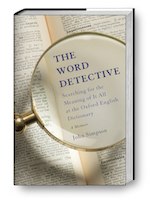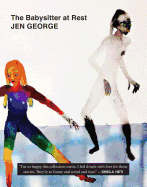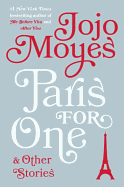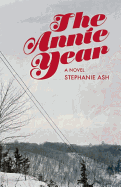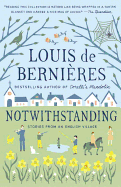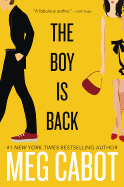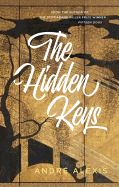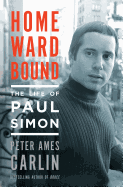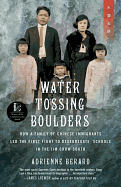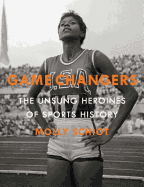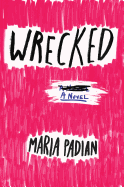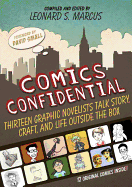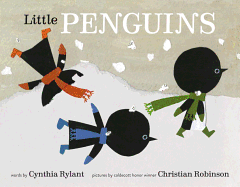 |
| photo: www.bloomingphotography.co.uk |
John Simpson is the former chief editor of the Oxford English Dictionary, where he helped take the dictionary online. He now writes and researches on lexical, literary and historical issues and is the co-editor of James Joyce Online Notes, a scholarly online forum for exploring historically accurate information about the real people and unfamiliar words in Joyce's novels. His memoir, The Word Detective: Searching for the Meaning of It All at the Oxford English Dictionary, was just published by Basic Books.
The title of your book is The Word Detective. Did you think of yourself as a word detective before writing the book or did that title come up as you worked?
We think of ourselves as word historians and word detectives because we're always trying to hunt down earlier and earlier references, which take you back to different eras. We try to work out what a particular word in a particular time means in a society.
When I announced that I was retiring from the OED in 2013, a couple of newspapers published retrospectives on my career and they both used "word detective" in their titles: "word detective retires after 37 years." That confirmed it for me.
The concept of being a detective is an intriguing one and it fits in with the sort of work we were doing, so I was quite happy with it as a title.
The book is part memoir, part history of the dictionary. It almost feels like you and the dictionary grow up together over the course of the book. Is that a fair statement?
That's true. The dictionary changes and I change. But I also had the feeling as I finished the book that these sorts of changes were more common at work between 1976 and the present day. Everyone--whether doing dictionary work or working at a head office or a bank--they'd all gone through these online changes. In writing about dictionaries I was also writing about the general experience of working over that period as well.
In the book you say that you ended up at the dictionary almost by chance.
I think most people end up as dictionary writers by chance. You don't wake up when you're five and think, "I must write dictionaries for the rest of my life." My wife saw an ad for the job and thought it would suit me while I decided what I wanted to do. And I found that I loved it. I can't imagine doing anything else at the end. You have the opportunity to follow up any aspect of language and history and culture and society all rolled together. When you finish one word you move on to another that is completely different proposition. It's not related thematically. It's just the next word in the alphabet.
You take what in some ways seems to be the contrarian position that people who claim they love words don't make good lexicographers.
It's people who love strange words because they're odd that I get particularly exercised about. As dictionary writers you have to work with words dispassionately, scientifically, objectively, because that's the job. You can't have favorites and you can't start liking things. You deal with them as scientific objects to some extent. It's an odd perspective but it's one that's been schooled into us, really.
What qualities do you think it does take to be good at the job?
You can say obvious things like you have to be good at analyzing language and you've got to have a clear, concise style. But really you've got to have a lot of physical and intellectual stamina. Especially intellectual stamina. You have to be able to see through a long work, a long project. You have to be able to work in quite lengthy detail on the history of individual words, and then not mind shifting to another word and another word and another word. There's always another word coming. You can't get depressed by the idea that you'll never get to the end of the work--and even if you get to the end of the work you have to go back to "A" again.
The main story line is the enormous task of changing the dictionary from print to what's become a dynamic online database.
We were really ahead of the time, which was an exciting thing. We were one of the first 500 websites on the Internet.
We had to work out how to do things that nowadays seem straightforward and everyone does. How the structure of the dictionary on computer differs from the structure of the dictionary on paper. How you're going to access the dictionary. In print you find your words and then go do something else. But online you've got other options. You can jump from word to word. You can look up a word or look up a theme or a look at things on a timeline. You're not just looking at words. You're looking at language. That was the exciting thing about it.
More recently we've given people the opportunity to not just create a word result list but to document representations of data so you can see on a graph, for example, that the entrance of Japanese words into English has an enormous hiccup between 1650 and 1850, when Japan was closed to the West so there was no need for communicating Japanese words into English. I think people can appreciate that much better from a picture or an animation than they can from just a list of words.
Now the dictionary makes language seem much more dynamic that it was in the old days, when it was very much a frozen and static subject of observation.
You say several times over the course of the book that you don't have a favorite word or words but you mention at one point that you do have a soft spot for words that came into the language during the early modern period.
It's the language of the early modern period rather than the words that come into it. It's that whole rather slow, connected language of Milton and as far as Johnson, for example, with his long extended periods. It's fun because you have to decode them as you're reading them. You can't read a 17th-century book in the way you read a 20th-century book. You have to read them more slowly and you have to look for connections. Some of the work I do for the dictionary is adding 16th- and 17th-century antedatings. You have to immerse yourself into the society of the time to understand even the sentences they're saying.
You retired but you're still involved in words.
I'm on the computer all the time: Working on words. I was writing the book. Working on various historical projects. The James Joyce website. They all involve historical research and writing up short articles. Unlike the OED, they aren't part of long-term research, but they all fit into a bigger picture. --Pamela Toler




